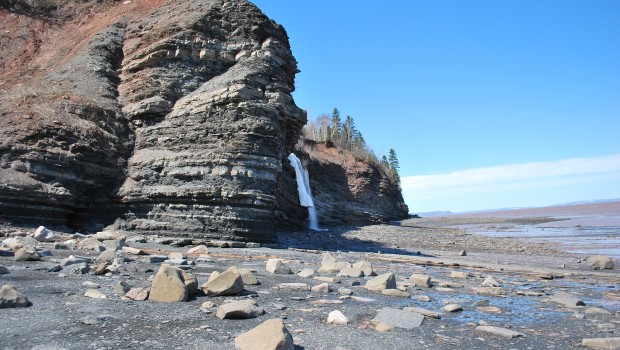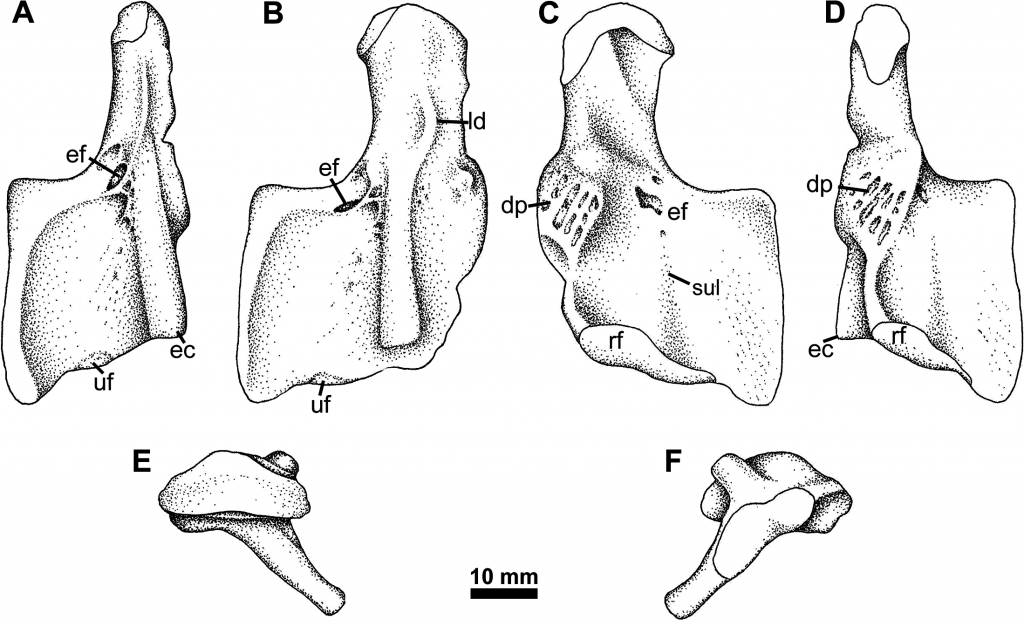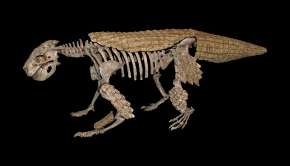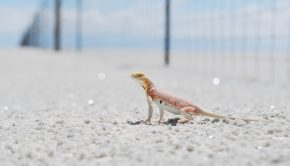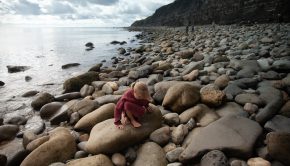Episode 67: Blue Beach Tetrapods
Podcast: Download (Duration: 31:24 — 43.4MB)
Blue Beach is a locality in Nova Scotia, Canada that is well known for it’s fossils from the Lower Carboniferous. In particular, it is significant for being one of few sites in the world that has fossils from this time period, known as ‘Romer’s Gap’, significant for it’s apparent lack of tetrapod fossils, despite the presence of animals like Ichthyostega and Acanthostega before this time. Significant work in recent years has been done on Romer’s Gap, including on the tetrapod fossils found at Blue Beach.
In this episode, we spoke to University of Calgary Associate Professor Jason Anderson about these tetrapod fossils from Blue Beach, an area he has been working on for many years. Jason and others published a paper in 2015 on some of the early tetrapod finds from Blue Beach.
There is a small museum that is set at Blue Beach, and run by local collectors Chris Mansky and Sonja Wood, who have been working there for several decades. Check out their website for more details about the museum and the site as well as to donate to the museum.
Blue Beach, aka. “Horton’s Bluff” is a classic Lower Carboniferous (Mississippian) section with deep geo-historic roots, but early nineteenth-century geologists like Logan, Lyell and Dawson merely scratched at the surface of its true fossil wealth. Current fossil research by the Blue Beach museum is based on a new, much larger collection; one over thirty-years in the making, leading to the formation of the BBFM Society, whose mission is to help establish a permanent facility for storage and exhibits. Image credit: Blue Beach Fossil Museum. Image credit: Blue Beach Fossil Museum.
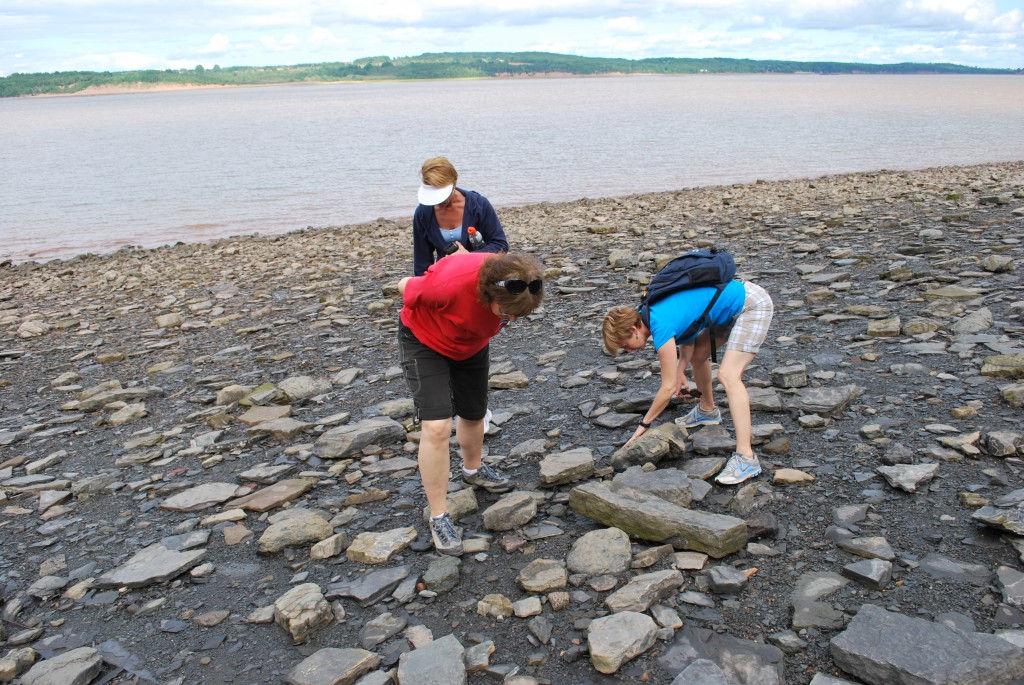
Massive tides and a four-kilometre outcrop are constantly changing the terrain at Blue Beach. This impressive interaction of natural factors reveals an amazing quantity of fossils. Image credit: Blue Beach Fossil Museum.
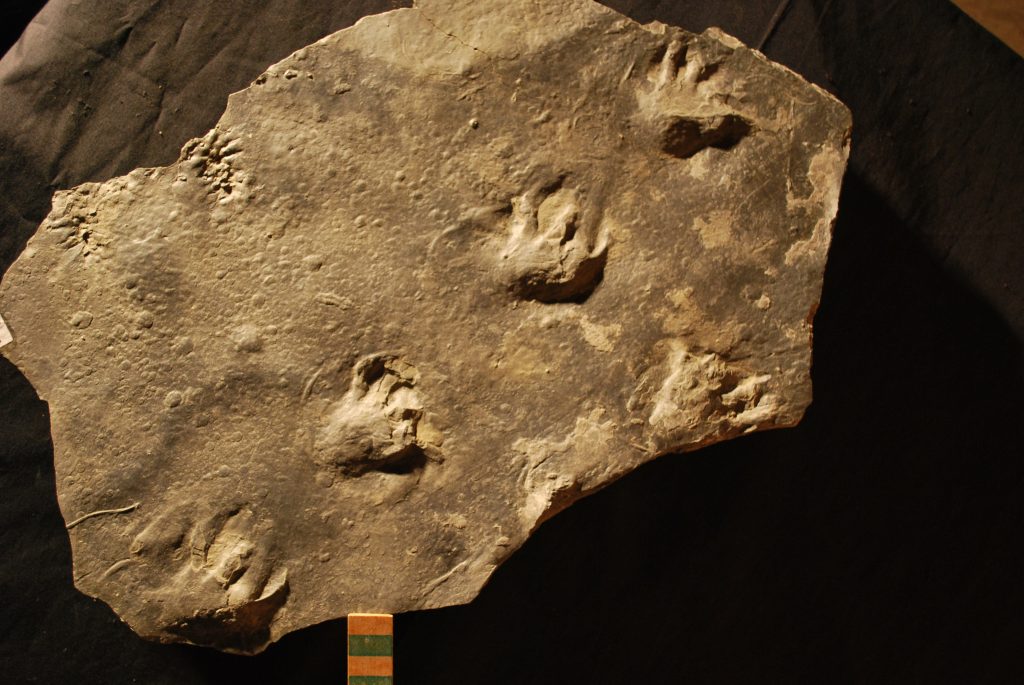
With its world-class collection of trace fossils, including the oldest diverse assemblage of tetrapod footprints, Blue Beach is an ichno-lagerstätte – unveiling many aspects of the paleoenvironment and its faunas. Shown above is one example of a Palaeosauropus trackway, one of over 2000 slabs in the main collection. Image credit: Blue Beach Fossil Museum.
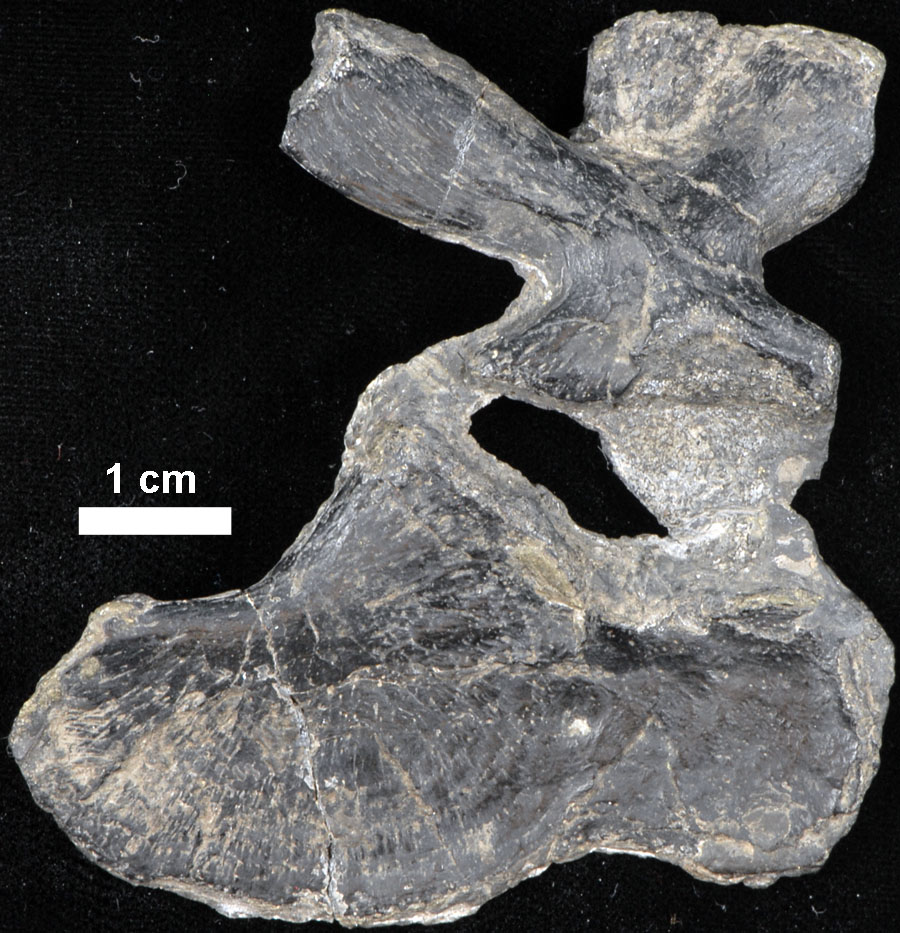
A fossilized pelvis of the oldest whatcheeriid (stem tetrapod), consists of clearly discernable ilium, ischium, and pubic bone(s), is one of the rarest prizes yet discovered. These bones of early tetrapods are extremely significant, dating from the middle of Romer’s Gap – a 20+ million-year interval famous for its global shortage of tetrapod fossils. Image credit: Blue Beach Fossil Museum.
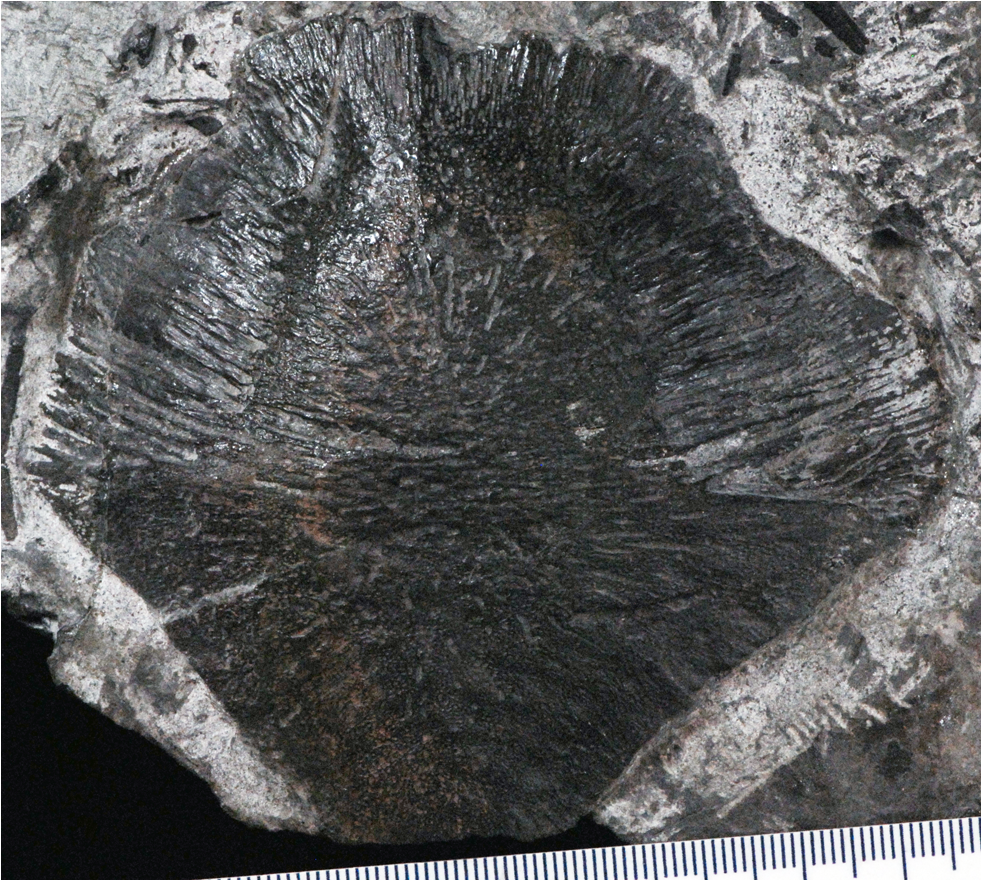
Possible whatcheeriid interclavicle from Blue Beach, similar to those found in Scotland. Image from Anderson et al. 2015.

The Blue Beach whatcheeriid may have looked similar to this Pederpes from Scotland. Image by Dmitry Bogdanov.
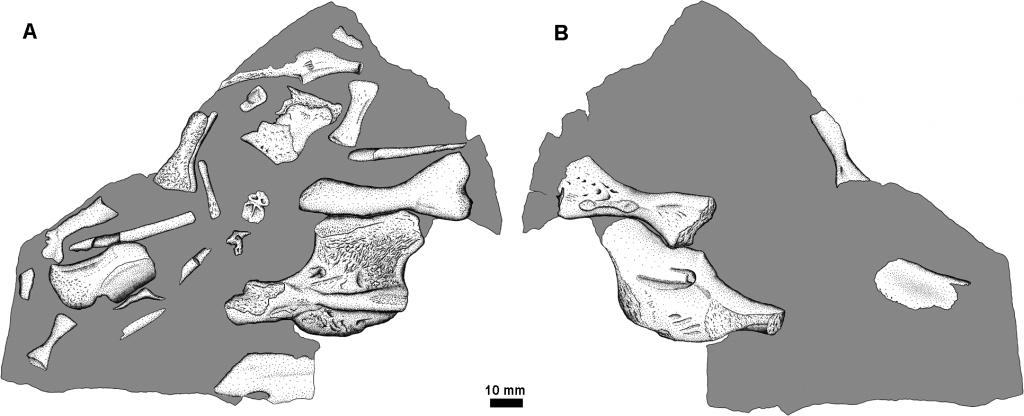
The ‘Sherm Block’, found by Sherman Williams, one of the few examples of associated bones from Blue Beach. Image from Anderson et al. 2015.

